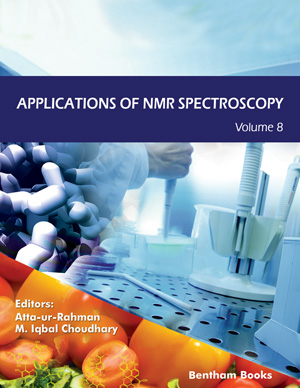Abstract
This chapter presents the correlation between coffee compounds identified by 1H Nuclear Magnetic Resonance (1H NMR) spectroscopy with psychological attention tests in order to verify which compounds are related to the focus and/or diffuse attention. Psychometric tests applied by a clinical psychologist, before and after coffee intake, were the focus attention AC-vector and the diffuse attention TADIM, and the focus attention TACOM-B and the diffuse attention TEDIF, respectively. Different tests to measure the attention before and after coffee intake were used to avoid learning effects. After AC-vector and TADIM tests, each volunteer consumed a total of 40 mL of coffee with different cup qualities (four different coffee blends – 10 mL per beverage) and indicated the order of preference in relation to the smell. This approach was used to create a greater metabolic variation between the samples tested, allowing to build a robust chemometric model. For each preferred coffee, a 1H NMR spectrum was obtained and a chemometric data treatment based on Partial Least Squares (PLS) regression and Variable Importance in Projection scores (VIP scores) was used to correlate the spectra with the psychological test results and to verify which metabolites of the coffee beverage could be related to the focus or diffuse attention. In general, our results showed that coffee intake attenuated diffuse attention and improved focus attention in most volunteers. The major metabolites that contributed to both diffuse and focus attention were caffeine, trigonelline, chlorogenic acids, acetate, lipids, lactate, γ-quinide, and polysaccharides. Among metabolites exclusively important to focus attention, formate, choline, myo-inositol, citrate, and malate were the most important. Therefore, the 1H NMR profile, in combination with chemometric tools, is interesting to assess the correlation between coffee compounds and human attention.
Keywords: Attention Performance, Chemometrics, Coffee, Coffee compounds, Coffee ingestion, Coffee smell, Cup quality, Metabolomics, NMR spectroscopy, Pilot Study, PLS Regression, Psychometric Tests, VIP scores.






















